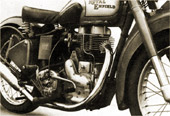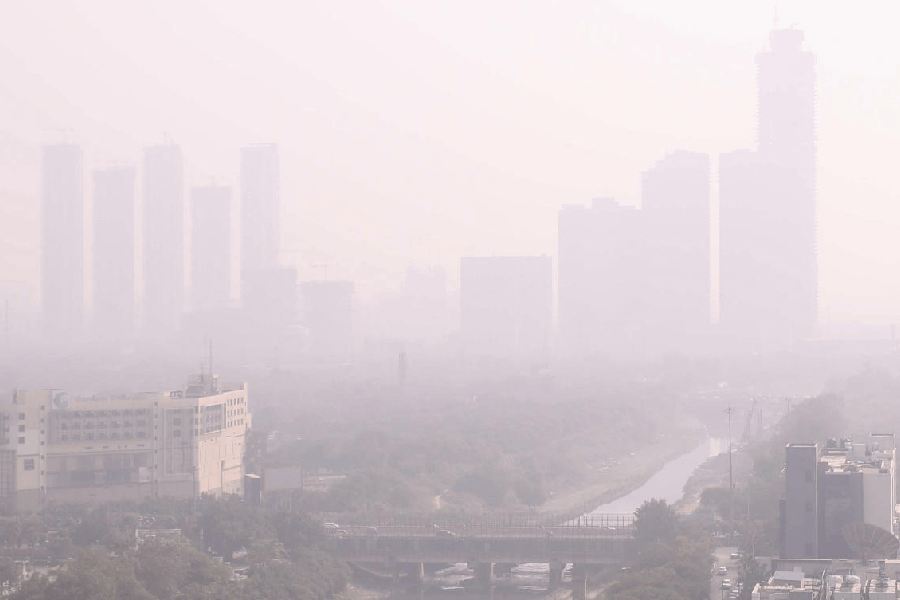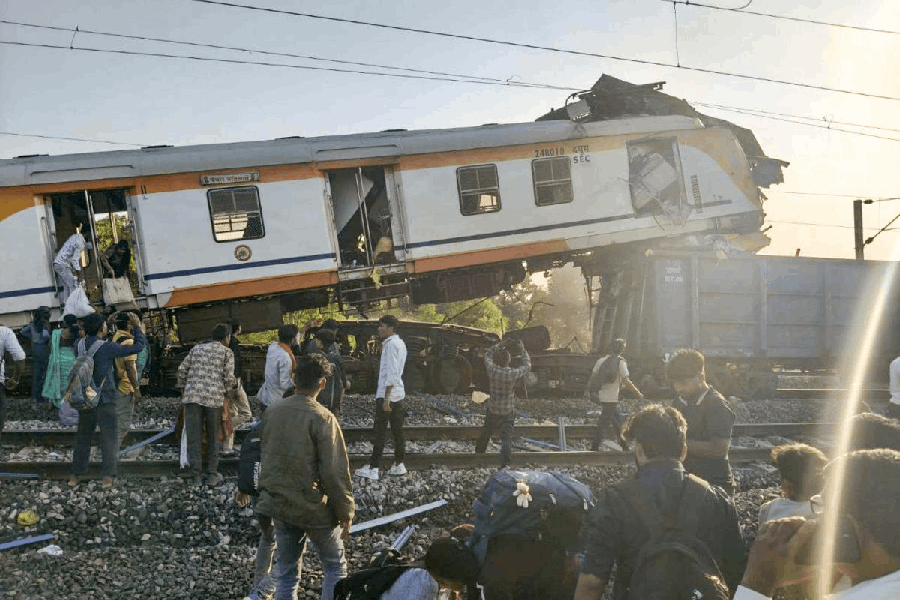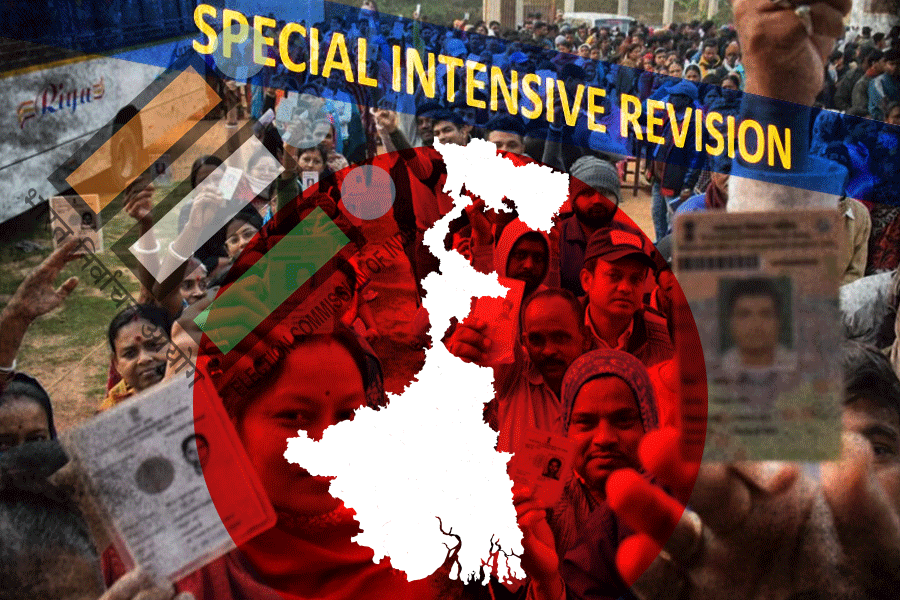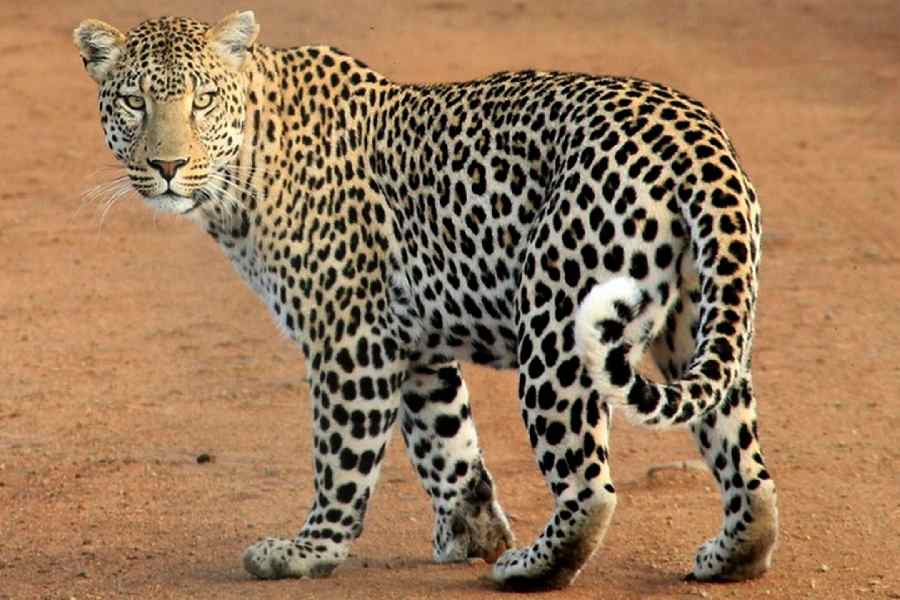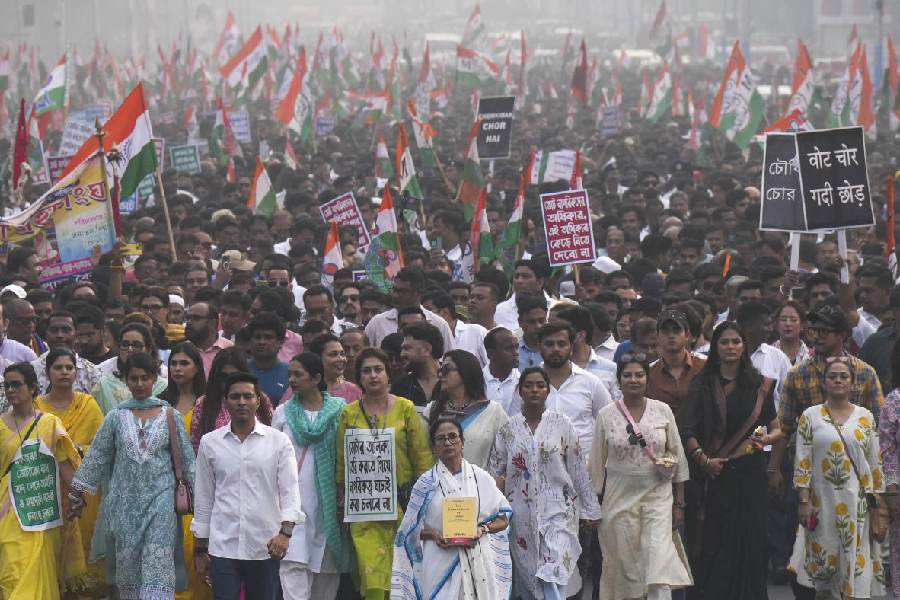 |
 |
| EASY RIDER: The Royal Enfield Bullet has zealous guardians around the world; Bill Halliwell (above) |
A passion for motorcycles in general, and a nostalgia for the Royal Enfield Bullet in particular, is the strongest but not the only bond linking a bunch of bikers at a seemingly innocuous bike workshop called John’s in the heart of spacious, leafy Lutyen’s Delhi. The clutch of bikes parked on the wide, tree-lined pavement — below a board proclaiming simply “John’s” with a rusty handlebar positioned atop to appear, at first glance, like a pair of horns — often has a gleaming, lovingly-restored vintage motorcycle standing proudly in its midst. The vintage bikes — BSAs, Harley-Davidsons, Indian Chiefs — are there for a purpose: to be photographed and ridden before being written about in automotive magazines. The group of bikers that haunts John’s is an eclectic bunch of journalists, photographers, designers and filmmakers with a wide range of interests.
“Most of our club members are creative guys with an adventurous streak and they love going on long trips on their bikes,” points out Sanjay, who, along with Anuj, Sanjit, Vinay and wizard mechanic Pappu — everyone prefers to be known by first names — formed the Bullet Club in January 1999. The five-year-old club is now known as the Royal Enfield Owners’ Club and proudly calls itself the predecessor of similar clubs elsewhere in the country. There are the Roadshakers in Pune, Bombay Aces and Indithumpers (both Mumbai), the Madras Bullet Club, the Hyderabad Bullet Club, Royal Beast and Rolling Thunder (both New Delhi) and a recently-formed club in Goa.
The first meeting of the club saw about 25 bikers gather, mostly friends and friends-of-friends, with Royal Enfield sponsoring tuning and tappet adjustment. As club meetings settled into a weekly routine, generally at weekends, the group swelled to 30 and then tapered down to the current 18. “The group became more tight-knit as only like-minded people became regulars. There is no form to be filled in, no subscription to be paid. If a guy fits in with us, he becomes a regular. If he doesn’t, he automatically stops coming,” says Anuj, a roving photographer for whom Corbett National Park has become a second home owing to a series of wildlife filming projects he has undertaken. Anuj’s trademark is his antique British Indian Army crash helmet, which was used in service by his grandfather and was inherited by his father before being passed down to him.
Then there’s Joy, whose guitar accompanies him on the bike. A collection of snapshots on the wall of John’s showing the members in exotic locales includes one of Joy absorbed in his guitar, sitting on a wall with his bike parked alongside. But the best anecdotes come from Shahwar, who, being from Assam, has travelled all over the North-east and Bhutan on his bike. “On my first trip, in 1989, I went to Nagaland and visited Mokokchung, Mariani, Tuensang and Kaziranga. In Mariani I was stopped by the police and taken to the police station for questioning. They kept me there for eight hours, asking where I was going and why. I was wearing boots, carrying a large rucksack and my leather jacket was studded with two stars. They thought I was an extremist. The uncle of a friend lived in that town. When he came with a crowd of people, the police let me go,” says Shahwar.
The latest adventurer to join the gang is Englishman Bill Halliwell, for whom motorcycles are “in the blood” and the Bullet connection particularly strong. His family had bought some of the first Bullets when production began in England in 1949 and an uncle still maintains three of them. After coming to Delhi, Bill sourced a 1966 Bullet for himself on which Pappu has worked painstakingly. Particularly eye-catching is the camera stand fitted on to the tank. “I’m going to make a biking movie, riding all over India,” explains Bill.
Marathon biking trips and adda apart, much time is spent tinkering with the bikes to improve on the stock. “These bikes are more efficient than the factory-produced ones,” says Pappu, considered among the best mechanics in the country and one who ticks off brash young bike owners who turn up seeking showy modifications that will dilute the Bullet character. A more serious side to the club is that its members are painfully aware that the standard Bullet engine has a bleak future as it cannot meet new emission norms. The new AVL engine does meet the norms but it lacks the character that was the Bullet trademark.
Bullets came to India in 1955 when the army ordered hundreds of them for patrolling. The bike stopped production in Britain in the 1960s and Royal Enfield shut down in 1970. Enfield India, a subsidiary which began production in 1955 to meet the Indian order, continued and in 1995 acquired the Royal Enfield name. Till date, it produces Bullet bikes akin to those made in England in 1955. And these nearly 50-year-old classic bikes have a legion of zealous guardians like Pappu — not just in India but around the world.
You can visit the club at: John’s, Opposite Bikaner House, Pandara Road, New Delhi.

